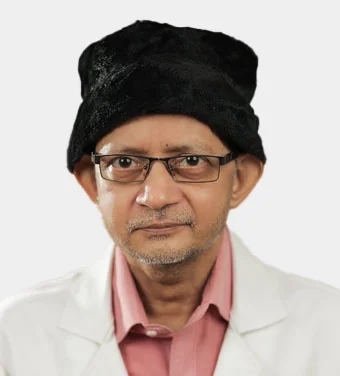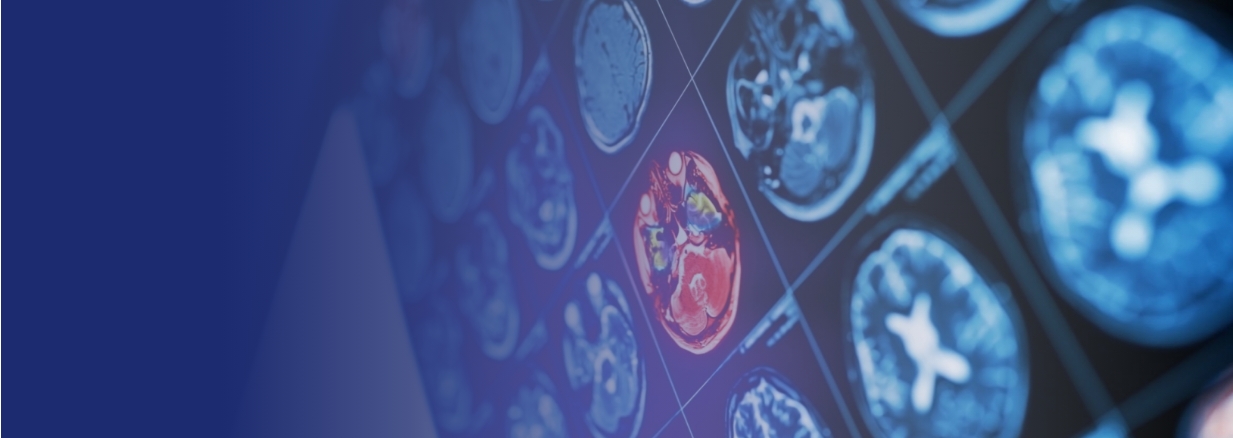
Welcome to IBS Hospital’s specialized Aneurysm care. Our team, fueled by medical expertise and empathy, offers customized treatments designed around your specific needs. Through state-of-the-art therapies and holistic guidance, we are resolute in our mission to ensure your well-being flourishes and your quality of life flourishes.
What are Brain Aneurysms?
A Brain Aneurysm, also referred to as a cerebral aneurysm, occurs when a weakened spot forms in the brain’s arteries, creating a balloon-like bulge. While smaller aneurysms are generally not life-threatening, larger ones can rupture, leading to severe complications. These can develop anywhere in the brain but are most commonly detected in the arteries along the skull base.
Recognising the Symptoms of Brain Aneurysms
Symptoms of a brain aneurysm vary based on its size and whether it has ruptured.
Symptoms of a ruptured Brain Aneurysm:
- Sudden severe headaches
- Nausea and vomiting
- Stiff neck
- Vision problems
- Unexplained seizures
- Loss of consciousness
Symptoms of an unruptured Brain Aneurysm:
- Unusual headaches
- Changes in vision
- Dilated pupils
- Seizures
- Facial numbness or tingling
What causes Brain Aneurysms
Brain aneurysms result from weakened arteries due to various conditions, including:
- Vascular Ehlers-Danlos syndrome
- Autosomal dominant polycystic kidney disease
- Marfan syndrome
- Fibromuscular dysplasia
- Arteriovenous malformations
- Family history of brain aneurysms
Diagnosis of Brain Aneurysms
Common diagnostic tools for detecting and assessing Brain Aneurysms include:
- Computerized tomography (CT) scan
- Magnetic resonance imaging (MRI)
- Cerebral angiography
Management / Treatment of Brain Aneurysms at IBS Hospital
Treatment for brain aneurysms focuses on preventing rupture:
- Microvascular clipping: Pinching off the aneurysm’s base to reduce blood flow.
- Endovascular coiling: Releasing a coil inside the aneurysm to decrease blood flow.
- Stent placement: Diverting blood flow away from the aneurysm.
- WEB device placement: Sealing the aneurysm to prevent blood flow
Our team of experts that make it possible
Meet the team of highly specialised and experienced neurosurgeons, neurologists, orthopedicians, and other experts in the field of neurology and spine care. Our team is dedicated to providing personalised and compassionate care to each patient, with the goal of helping them achieve the best possible outcomes.
IBS Hospital Empowers Your Treatment with Cutting-edge Technology
We continuously incorporate cutting-edge technologies from around the world into our offerings, such as a surgical system that allows for precise and confident complex procedures. We use magnetic stimulation to treat certain neurological conditions and create personalised brain maps for tailored treatment plans. Nerve monitoring during surgeries ensures the nervous system is not compromised, and a robotic exoskeleton aids in mobility issues. Our goal at IBS Hospital is to provide the best care possible, utilising the latest and most innovative technologies available.








